|
Difficulty: Hard/Intermediate
Like the shark, the walrus is categorized as "hard/intermediate" due to instruction extrapolation (taking marked directions from one flap and applying those same folds to another unmarked flap) and the number of minute folds (too small to indicate on the paper) required to make a realistic product. Particularly after folds 7 and 8, minor adjustments are required but there is no good way to show it on the instruction sheet. Instead, common sense, trial and error, experience, and a higher difficulty rating will have to suffice. Following the directions exactly will produce this: But comparing this to the completed patterns below, you will notice many small discrepancies: 1. the color and curvature of the tusks, 2. the crown of the head has been rounded and often glued together, 3. the flippers and lower shoulders are often folded an extra time or rounded, 4. I had to inset a penny into the posterior most of these walruses (walri?) to keep the animal's balance back, otherwise they tend to fall forwards onto their heads. These and other modifications are strongly encouraged. I had to have at least one psychedelic walrus, for fairly obvious reasons. (Also notice the flippers have been folded an extra time.)
0 Comments
Difficulty: Hard This pattern is hard because it requires the folder to extrapolate directions for one corner and repeat those folds (without directions) on the other three corners.
Difficulty: hard
NOTE: Similar to the shark, the reason this project is categorized as "Hard" is not actually because the folds are difficult - the basic folds are actually relatively easy - but rather because so much is left to the folder to decide. Following the directions exactly will produce this: But there are many additional folds that could not be replicated in the instructions due to their intricacy. Note the differences between the above dolphin and those below, particularly (1) the thinner nose, (2) the fore fins, and (3) the curve of the dorsal fin. These extra steps and folds are not included in the directions, but such experimentation and fine-tuning is strongly encouraged. That extra independence required of the folder is what makes this project a "Hard" fold.
Difficulty: Hard (don't attempt unless you know how to execute squash folds)
Difficulty: Hard
NOTE: The reason this project is categorized as "Hard" is not actually because the folds are difficult - the basic folds are actually relatively easy - but rather because so much is left to the folder to decide. Following the directions exactly will produce this: But there are many additional folds that could not be replicated in the instructions due to their intricacy. Note the differences between the above shark and those below, particularly (1) the jaws), (2) the fore fins, (3) the curve of the dorsal fin, and (4) the "rounding off" at the back of the shark's head to give a sleeker shape. These extra steps and folds are not included in the directions, but such experimentation and fine-tuning is strongly encouraged. That extra independence required of the folder is what makes this project a "Hard" fold.
|
Origami Blog
My 8 March 2013 blog about origami prompted me to launch a second blog, one dedicated solely to origami. This way, as I complete instructional sheets, I can post them directly to this blog and it will not interfere with my Beatles blog. Categories
All
Archives
November 2014
|
||||||||||||||||||||||||||||||
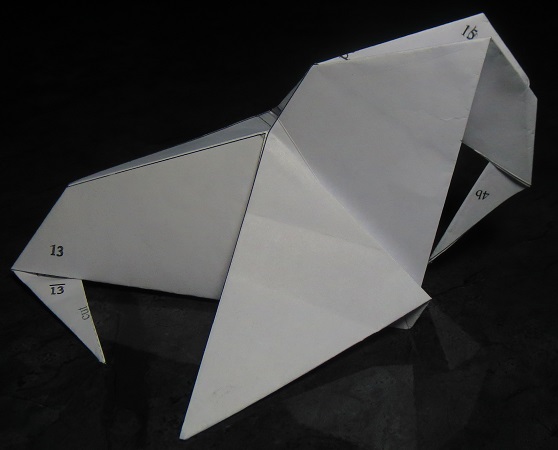







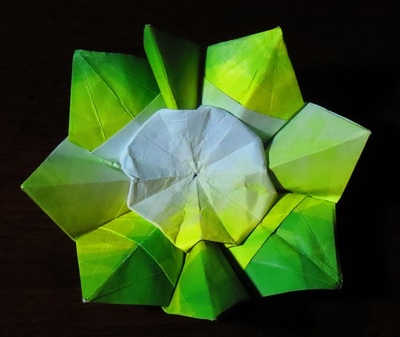














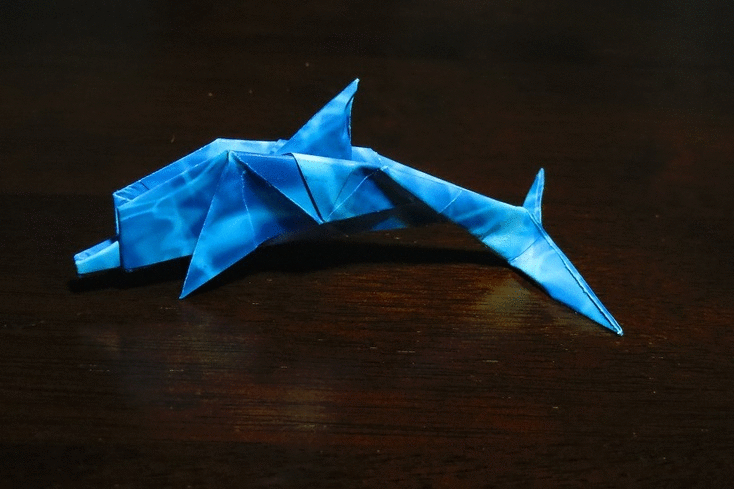























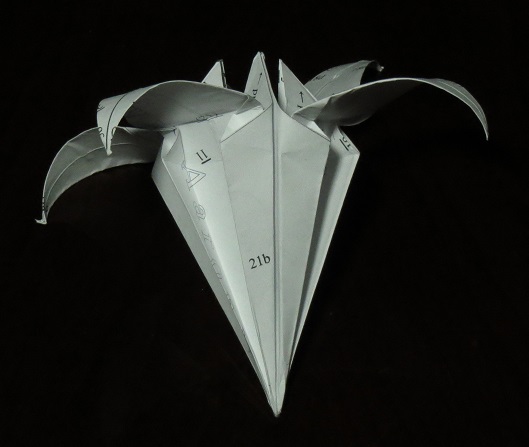


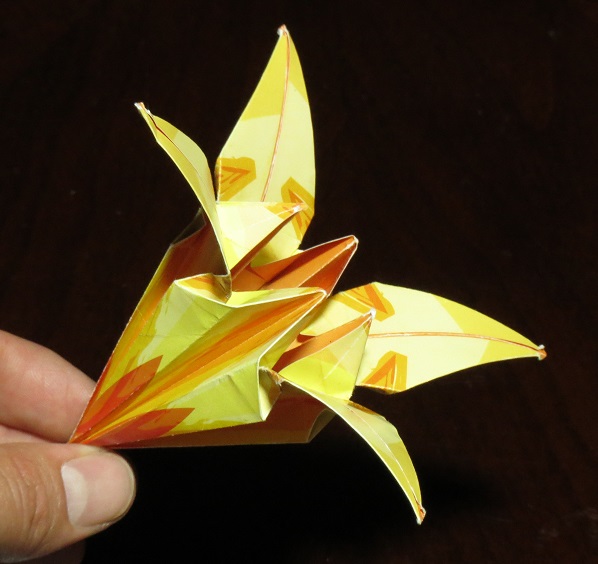
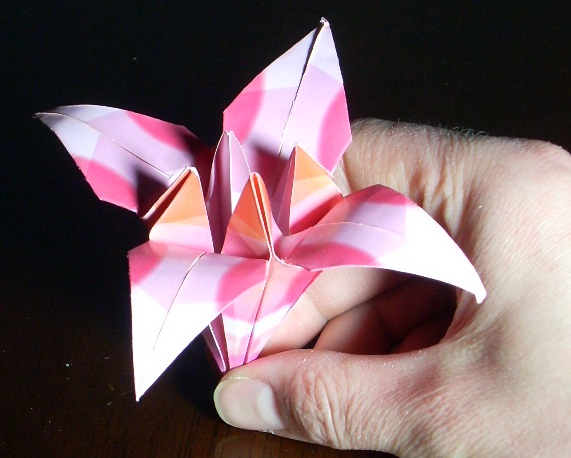
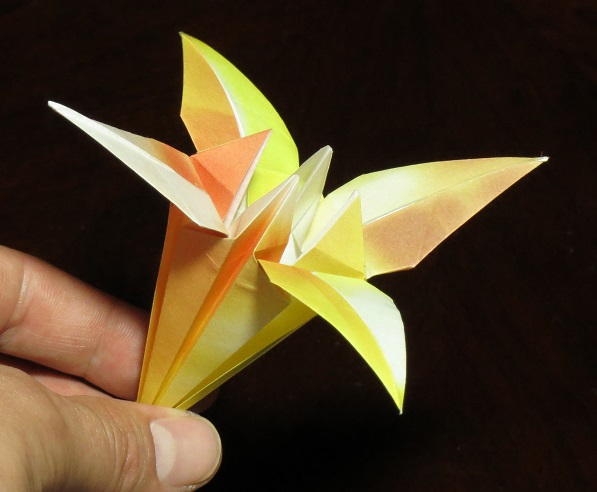




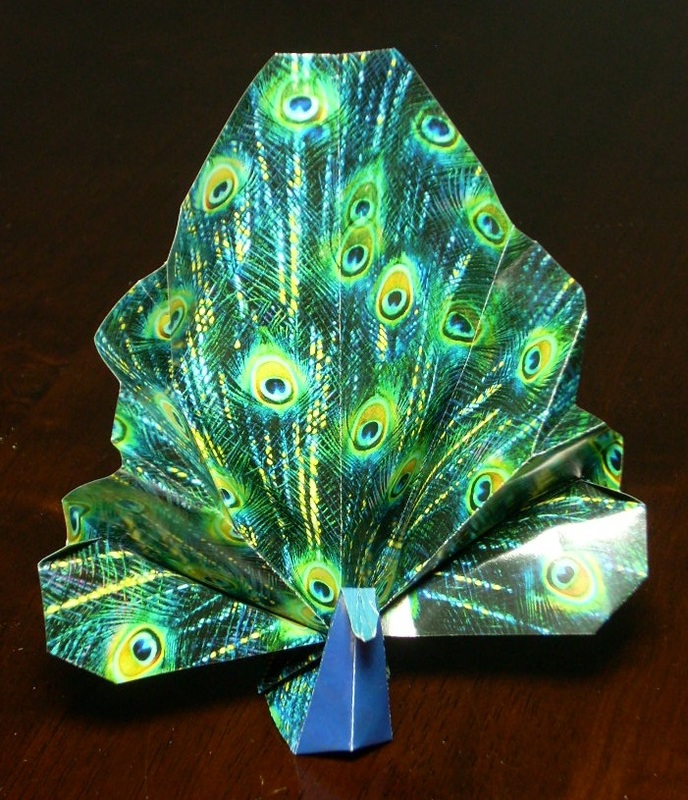

 RSS Feed
RSS Feed
